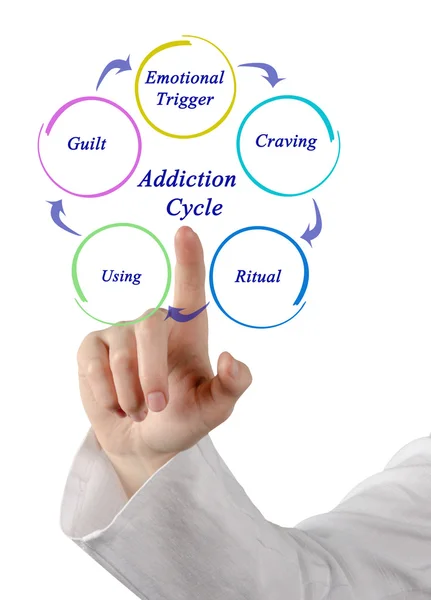Understanding Alcohol Use Disorder: Causes, Effects, and Solutions
Alcohol Use Disorder (AUD) is a chronic, progressive disease characterized by an inability to control alcohol consumption despite negative consequences. As a leading luxury alcohol rehab center, Serenity ALC offers comprehensive treatment for those struggling with AUD. This article delves into the causes of alcoholism, side effects of alcohol, symptoms of alcohol dependence syndrome, and effective strategies to quit alcohol.
Causes of Alcoholism
There are many different elements that contribute to alcoholism, including psychological, environmental, and hereditary components. Genetics can play a significant role, with research suggesting that a family history of alcoholism can increase an individual’s risk. Environmental factors, such as exposure to alcohol at an early age or living in a culture where heavy drinking is normalized, also contribute. Additionally, psychological aspects like stress, trauma, or mental health disorders can make individuals more susceptible to developing AUD.
Read Also: Difference Between Casual Drinking and Alcoholism
Side Effects of Alcohol
The side effects of alcohol are extensive and can affect nearly every part of the body. Acute effects include impaired judgment, coordination, and motor skills. Chronic alcohol consumption can lead to severe health issues such as liver disease, heart problems, and gastrointestinal issues. Long-term use affects mental health as well, exacerbating cognitive decline, anxiety, and depression. Recognizing these side effects is crucial for understanding the urgency of addressing alcohol dependence syndrome.
Alcohol Dependence Syndrome
Alcohol dependence syndrome is a state where an individual develops a physical and psychological reliance on alcohol. This syndrome is characterized by a strong craving for alcohol, an increased tolerance, and withdrawal symptoms when alcohol use is reduced or stopped. The totality of symptoms can significantly impact an individual’s quality of life, leading to disruptions in personal, professional, and social areas.
Alcohol Withdrawal Symptoms
When someone with AUD tries to quit alcohol, they may experience alcohol withdrawal symptoms. These symptoms can be mild, moderate, or severe.
Mild Symptoms: Anxiety, irritability, sweating, and tremors.
Moderate Symptoms: Nausea, vomiting, headaches, and muscle pain.
Severe Symptoms: Seizures, hallucinations, and delirium tremens (DTs) are examples of severe symptoms.
Withdrawal can be dangerous and often requires medical supervision to ensure safety and comfort during the detoxification process.
How to Quit Alcohol
Quitting alcohol involves a multifaceted approach that may include:
1. Medical Intervention: Consulting with healthcare professionals can help in managing withdrawal symptoms and developing a personalized treatment plan.
2. Therapy and Counseling: Behavioral therapies, such as Cognitive Behavioral Therapy (CBT), can address the underlying psychological aspects of alcoholism.
3. Support Groups: Engaging in support groups like Alcoholics Anonymous (AA) provides social support and shared experiences.
4. Lifestyle Changes: Adopting healthier coping mechanisms and avoiding triggers can enhance the chances of long-term sobriety.
Read Also: Alcohol De Addiction Treatment
Conclusion
Alcohol Use Disorder is a serious condition that affects many aspects of an individual’s life. Understanding the causes of alcoholism, the side effects of alcohol, and the symptoms of alcohol dependence syndrome is crucial in addressing and treating this condition. Serenity ALC is dedicated to providing luxury rehab services designed to support individuals through every stage of recovery, from understanding withdrawal symptoms to finding effective methods for quitting alcohol. Serenity ALC is here to guide you through this challenging journey with compassion and expertise, visit our website www.serenityalc.com for more information.











